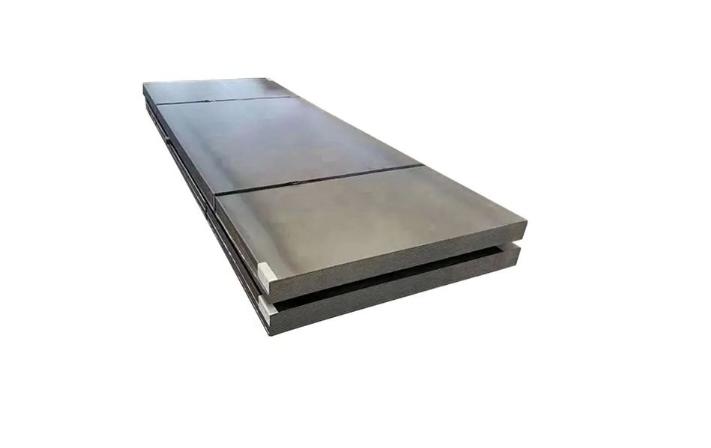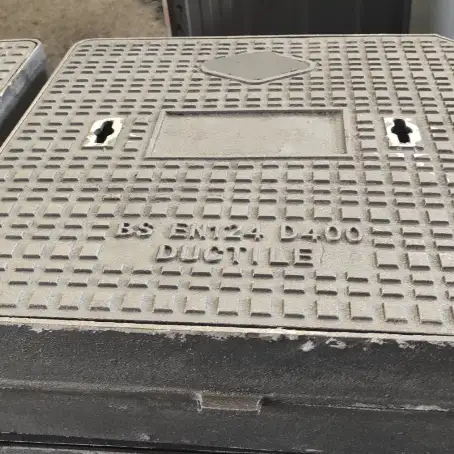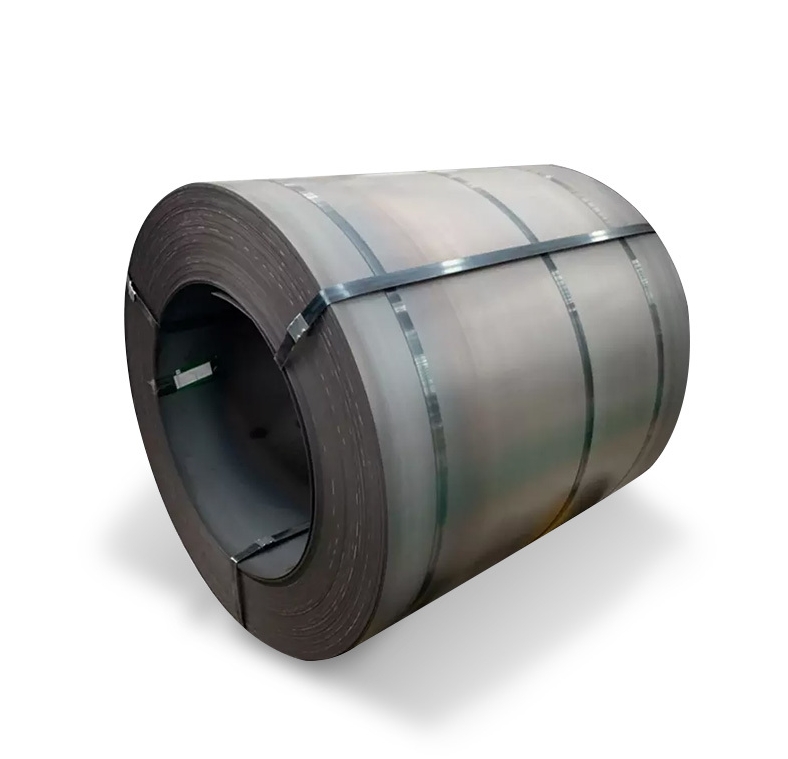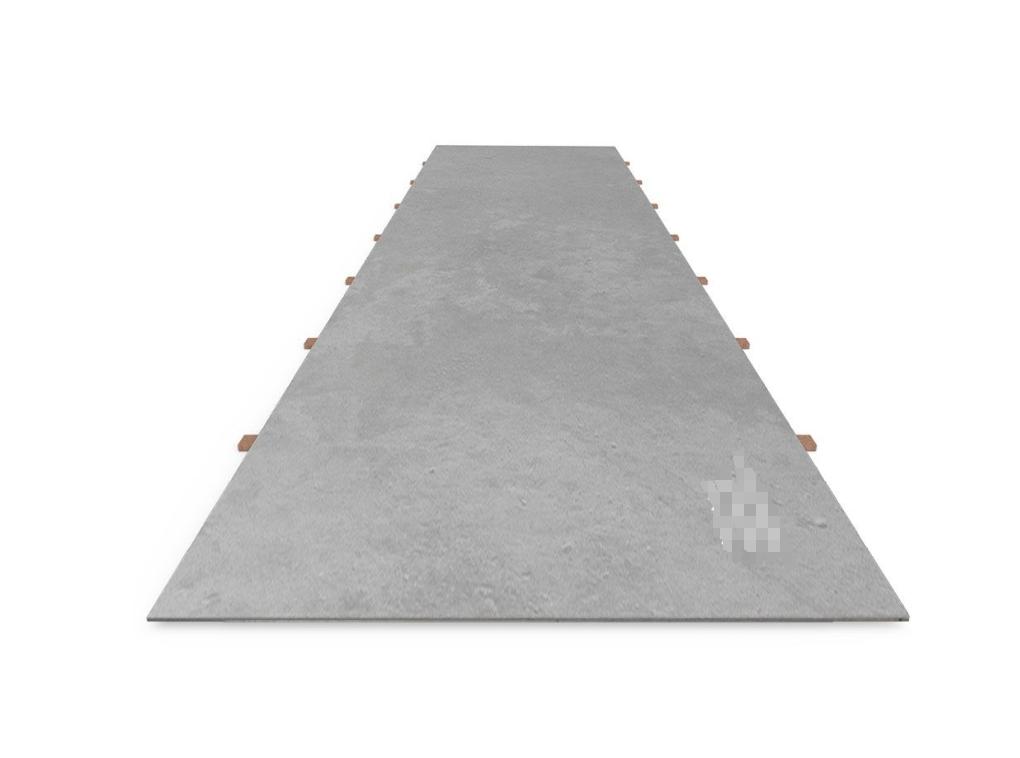In 2025, grain-oriented cold-rolled silicon steel (CRGO) shows wide price dispersion by region and grade — typical delivered/FOB ranges are roughly $1,200–$1,800 / metric ton for common transformer grades from Chinese mills, while contract and specialty grades (very low core-loss, ultrathin gauges, or tightly coated laminations) can command premiums and push effective delivered costs well above those ranges in some markets. Price direction in mid-2025 is governed more by demand from transformer OEMs, inventory cycles, and import pressure than by raw iron ore alone. We (Luokaiwei) manufacture and supply CRGO with flexible lot sizes, fast delivery of stocked items, and factory-direct pricing that typically undercuts many trading margins — ideal for global buyers seeking quality and reliable lead times.
What CRGO is, and why it matters
Grain-oriented electrical steel (often called CRGO or transformer steel) is an iron-silicon alloy rolled and heat-treated to produce a Goss-textured grain structure aligned with the rolling direction. That crystallographic orientation dramatically reduces core loss and raises magnetic flux density along the rolling axis — attributes that make CRGO the default material for high-efficiency power and distribution transformers. The technical and application background of electrical steel is extensively summarized in reference materials.
Key performance parameters buyers watch
When engineers specify CRGO, they do not buy “steel” in a single dimension; they buy a combination of magnetic and physical characteristics:
-
Core loss (W/kg) measured at standard test points (commonly P1.5/50 or P1.7/50), which directly affects transformer no-load losses.
-
Magnetic polarization (Bmax) at a defined field strength, which influences flux density and design size.
-
Thickness and thickness tolerance (typical CRGO lamination gauges: 0.23 mm, 0.27 mm, 0.30 mm, 0.35 mm), because thinner gauges reduce eddy current loss but cost more to make.
-
Coating / insulation system (oxide coatings, organic films, or varnishes) and stacking factor (lamination fill), which affect assembly and loss.
-
Mechanical tolerances and edge quality for punching/slitting considerations.
Standards and test methods (see EN 10106 and IEC measurement practices) formalize these metrics.
Standards and test methods you must reference
CRGO grades and acceptance tests usually point to internationally recognized standards and test protocols:
-
EN 10106 — European standard that lists grades, geometric tolerances and magnetic property limits for grain-oriented electrical steels.
-
IEC 60404-2 — Epstein frame method for measuring magnetic losses and polarization (widely used for supplier test certificates).
-
OEMs may also require ASTM, JIS or customer-specific specs; always confirm test method (Epstein frame vs. Single-Sheet Tester) because measured loss values are not directly interchangeable between methods without correction.
Price drivers — what changes cost most
CRGO pricing is more complex than coil steel: the delta between a standard cold-rolled coil and a CRGO lamination is driven by:
-
Grade & core loss class (M3, M4, M5, or proprietary M-grades): lower loss → higher price.
-
Thickness & width (narrower slits raise processing costs; ultra-thin gauges are premium).
-
Coating type (special insulation or double-coating increases processing steps).
-
Production yield and annealing cycles — grain orientation and stress-relief annealing are capital-intensive.
-
Order size, contractual terms, shipping INCOTERMS, and lead time (small orders + express shipping → higher unit cost).
-
Regional demand cycles, inventory positions and trade flows (import pressure from Asia into Europe/North America can compress local premiums).
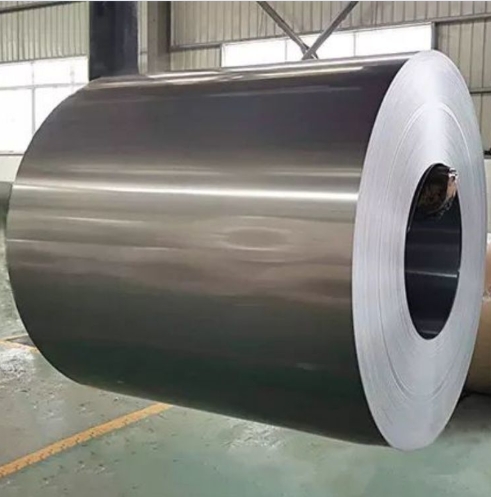
2025 market snapshot (what actually happened)
Mid-2025 was characterized by mixed signals:
-
China remains a price-competitive supply base with multiple mills and trading houses offering CRGO FOB prices commonly in the $1,200–1,600 / t band for many transformer grades on catalogue listings and small-lot offers.
-
In North America and parts of Europe, indices and specialized pricing reports showed fluctuation and, in some quarters, elevated nominal prices driven by contract coverage, logistics, and short-term inventory adjustments. Specialized price monitors reported higher index points for electrical steel reflecting regional dynamics.
-
Overall, Q2–Q3 2025 saw cautious buying by transformer OEMs with some restocking but persistent downward pressure from imported Chinese material in certain regions.
Practical price ranges
Below are indicative prices collected from market listings, supplier catalogues and pricing monitors — use them only as budgeting benchmarks; final quotation depends on exact grade, coating, quantity and delivery terms.
| Region / Trade Term | Typical mid-2025 indicative range (USD / metric ton) | Notes |
|---|---|---|
| China — FOB (standard M3/M4 transformer coils, small lots) | $1,200 – $1,600 / t. | Many listings on supplier platforms; competitive export pressure. |
| India — EXW domestic mills | $1,400 – $2,100 / t | Domestic demand + variable mill capacity; GST and inland freight apply. |
| Europe — DDP / delivered | $1,800 – $3,000 / t | Import duties, CE/EN compliance, and tight tolerances push up contract prices. |
| North America — delivered / contract | $1,800 – $3,500 / t | Local mills, inventory cycles, and transport costs drive higher landed costs in many cases. |
| Japan / Korea — domestic mill product | $1,900 – $3,200 / t | Specialty high-performance grades and high process control. |
(These ranges are aggregated from market reports, supplier catalogues and price indexes; always request up-to-date firm quotes.)
Why manufacturers (and we) can offer better value
We operate as an integrated mill / manufacturer partner for CRGO supply. Our competitive advantages include:
-
Factory-direct pricing (no trading middlemen) — customers get the ex-works advantage.
-
Custom processing — we support slitting widths, coatings and tensile specs to match transformer design needs.
-
Stocked fast-ship program — for common grades and gauges we maintain inventory to minimize lead time.
-
Quality documentation — full test certificates per IEC/EN standards and witness testing on request.
Because inventory and lead time matter to OEM schedules, factory engagement often yields total landed cost savings despite small per-ton price differences.
Recommendations for buyers (how to specify to avoid surprises)
When you ask for quotations, include:
-
Exact grade designation (e.g., M3, M4, M5, or EN grade code), thickness and width.
-
Required magnetic loss specification with measurement method (Epstein frame or SST) and measurement point (e.g., P1.5/50).
-
Surface coating (e.g., inorganic oxide, double coat, varnish) and whether a varnish/paint compatibility certificate is needed.
-
Packaging, slitting, and stacking orientation instructions.
-
Exact delivery terms (INCOTERMS) and expected delivery window — these materially affect the quote.
Technical notes buyers must verify in POs
-
Confirm the testing method (Epstein frame vs Single Sheet Tester), because reported losses differ numerically between methods and can cause disputes if not defined.
-
Specify acceptance tolerances for thickness and core loss; include sample size and sampling plans.
-
Ask for traceability to mill heat number, annealing cycle record, and coating batch, especially for high-reliability transformer applications.
-
If laminations are to be stacked into wound cores, request information on stacking factor and lamination handling to ensure your assembly yield is as expected.
Supply chain considerations & lead times
-
Lead time for made-to-order CRGO can range from 6–12 weeks depending on annealing furnace scheduling and coating cure cycles; stocked coils can ship in 1–3 weeks.
-
Logistics: coils are heavy and often shipped by sea in FCL or bulk LCL; slitted coils incur extra handling. Decide early whether you want coils, slitted strips, or cut laminations.
-
Inventory planning: transformer OEMs that maintain a rolling inventory of key lamination gauges save on rush premiums. We can provide stock-release programs to support JIT schedules.
Quality assurance & common test certificates
Typical documentation we provide with a CRGO shipment:
-
Mill test certificate showing magnetic loss numbers by specified test method (Epstein or SST).
-
Chemical analysis, thickness report, and mechanical test where requested.
-
Coating certification and compatibility data.
-
Packing list and B/L; optional third-party inspection reports on request.
Cost-saving tactics for procurement teams
-
Bundle orders (larger annual contracts) to lock in competitive mill pricing.
-
Standardize gauges and grades across product families to increase buying leverage.
-
Accept stocked inventory programs with supplier consignment for predictable demand.
-
Negotiate formal quality exceptions only where proven by testing — avoid unspecified tolerances that suppliers price into bids.
Environmental & compliance notes
CRGO production involves controlled atmospheres in annealing and sometimes resin/varnish solvents. Buyers increasingly request:
-
Energy consumption and carbon intensity data (mill Scope 1/2 emissions).
-
Restricted substances declarations like RoHS / REACH when laminations are used in export markets.
Major mills and documented suppliers publish environmental data and product safety sheets upon request.
How Luokaiwei positions its CRGO offering (practical details)
We combine manufacturing know-how with buyer service:
-
Product range: standard transformer grades (0.23–0.35 mm), various M-class loss levels, common coil weights and slit widths.
-
Customization: tight thickness tolerance runs, specialized coatings, and tailored packaging.
-
Commercials: 100% factory price advantage on many catalog items (because we sell direct), MOQ flexibility for trial and production lots, and expedited handling for stocked items.
-
Service: full inspection reports, IEC/EN referenced test certificates, and the option for third-party inspection at factory.
If you want, we can prepare a sample pack and loss data for your engineering review.
Negotiation checklist (what to include in RFQ)
To obtain comparable quotes, include:
-
Grade (with standard reference), gauge, coating type.
-
Test method for loss values and acceptable range.
-
Order quantity, delivery term (EXW/FOB/DDP), and required delivery date.
-
Packaging and labeling instructions.
-
Any special certification (ISO 9001, ISO 14001, mill audits).
Global price comparison
| Source / Region | Indicative mid-2025 price (USD/MT) | Primary citation / note |
|---|---|---|
| China — FOB typical CRGO listings | $1,200 – $1,600. | Sample FOB offers from Chinese suppliers and platforms. |
| India — Domestic mill offers | $1,400 – $2,100. | Domestic production variations; inland freight & duties. |
| Europe — Delivered (contract) | $1,800 – $3,000 | EN-grade compliance and logistics premiums. |
| North America — Delivered/Index | $1,800 – $3,500 (index variance) | Contract coverage, inventory cycles, and import competition. |
| Japan / Korea — Domestic mill | $1,900 – $3,200 | Specialty grades and strict dimensional control. |
Note: These figures represent indicative ranges collected from public listings, regional price indexes and supplier catalogs. Always request a firm quotation with the exact grade/spec and INCOTERMS.
FAQs
Q1 — What grade should I choose for distribution transformers?
Choose a CRGO grade whose core loss at the specified measurement point (for example, P1.5/50) meets your design loss target. Common distribution transformer designs often use mid-range GO grades (M3/M4). Verify test method and sample certification.
Q2 — Are Epstein frame and Single Sheet Tester results interchangeable?
No. Epstein frame and SST devices produce different numeric loss values; always specify which test method the supplier must use in the purchase order. Corrections exist but are not substitutes for exact reporting.
Q3 — How much does coating add to cost?
A basic inorganic oxide coating has minimal cost increase, but multi-layer insulating coatings, varnishes, or specialized organic films add processing time and a measurable premium that depends on coating chemistry and cure. Request coating spec sheets to quantify.
Q4 — Can I get small trial lots?
Yes. Many mills and factory suppliers offer small trial quantities, but per-unit cost is higher than large production lots. We support low MOQ trials to validate fit, finish and magnetic performance.
Q5 — What documentation should be included?
At minimum: mill test certificate with magnetic loss by specified method, thickness report, coating spec, and packing list. For high-reliability supplies, include heat/coil traceability and optional third-party inspection.




